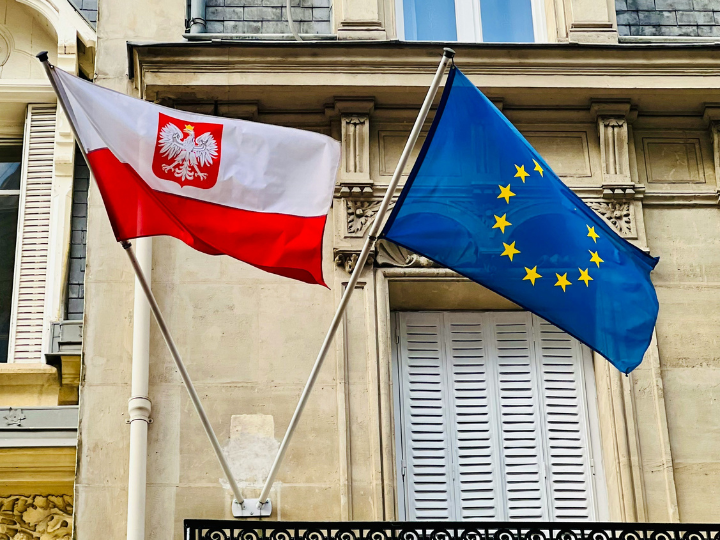by Gerardo Fortuna
The updated long-term EU budget proposed by the Commission last week included a top-up of overall €9 billion in 2018 prices for the bloc’s farming subsidies programme, together with an additional €15 billion allocated to the rural development fund in the framework of the ‘Next Generation EU’, the Commission’s €750 billion Recovery Fund.
Speaking before the European Parliament’s Agriculture Committee (COMAGRI), Hahn explained the reasons behind this change of tack on the agriculture budget, which was previously earmarked for severe cuts in the CAP proposal presented in June 2018.
“We must use the firepower of the next multi-annual financial framework (MFF) and the Next Generation EU to make sure that green becomes a viable business model for all our farmers,” he said.
On a similar note, the agriculture Commissioner Janusz Wojciechowski told reporters later on Tuesday that the Commission’s proposal of a reinforced budget will support both farmers “as guarantors of ensuring food security” and the implementation of the European Green Deal, the EU’s flagship environmental policy.
“Farmers will appreciate being given the resources to continue producing our food in a more sustainable way, especially in these difficult times,” he said, adding that the new resources will also make the sector more resilient to external shocks while continuing to benefit from the Single Market and its strong competitive advantage.
Commissioner Hahn pointed out that the increased budget proposal will “beef up” the EU’s crisis management in agriculture, by enabling a well-functioning crisis reserve to be used in time fo needs.
“If there is another crisis, no matter what are the reasons for it, [the EU will] simply be better equipped,” he said.
However, Wojciechowski said that more money in the budget also means more opportunities for further action in the direction of preparing EU farming to deal with a changing climate, as farmers are constantly affected by drought and other extreme weather conditions.
Concerns remain
MEPs in the COMAGRI welcomed the increased in funds for the farming sector in the next MFF, recognising that the Commission took into account their requests of keeping at least the same budget of the previous programming period.
Nonetheless, there is still uncertainty on how the funds in the ‘Next Generation EU’ will be distributed, as it is a temporary framework available until the end of 2024.
According to a Commission note, the additional €15 billion for rural areas will be added to member states’ allocations for the years 2022 to 2024, proportionally to the rural development allocations proposed in 2018.
However, Hahn specified that payments under the EU’s rescue plan can be allocated later, but the main commitments have to take place before the 2024 deadline.
“This is more than justified, because it should be seen as a reaction to the current crisis and, hopefully, at that time, we will be already far beyond that and about to conclude our recovery work,” Hahn said.
Unlike direct payments in CAP’s first pillar, rural development funds are linked to multiannual programmes that require some years to be carried out.
The EU agriculture chief recognised that concentrating the expenditure in a short period can be a problem because the process of planning in agriculture always requires time.
He added that this additional amount should be spent in line with the main priorities, namely the environmental measures in the Farm to Fork Strategy (F2F) and digitalisation, but it is still not known how to assess this compliance.
However, the two Commissioners did not seem to follow the same approach when it comes to budget figures, as Hahn was using 2018 prices while Wojciechowski relied on higher constant prices that also consider projections of inflation.
The budget Commissioner said that, although he understands the “temptation” to use current prices, he prefers to use 2018 prices in order to avoid, as much as possible, any confusion “for the sake of getting an agreement” on the MFF negotiations.
For the EU’s farming boss, concrete payment for farmers will be in current prices as they will be increased year by year, which explains why the DG Agri used those figures even for the communication of the 2018 CAP proposal.
*first published in: www.euractiv.com




 By: N. Peter Kramer
By: N. Peter Kramer

